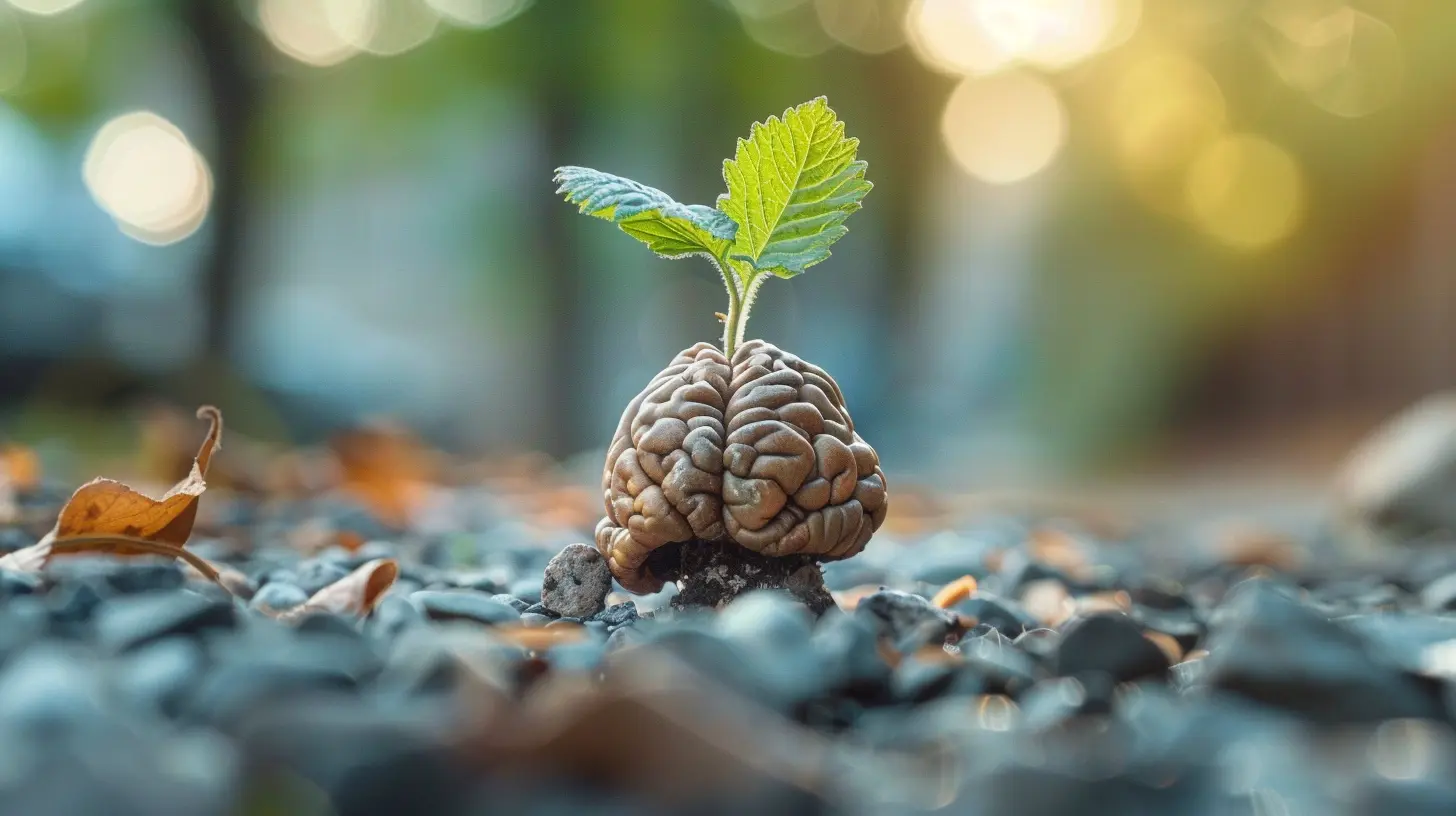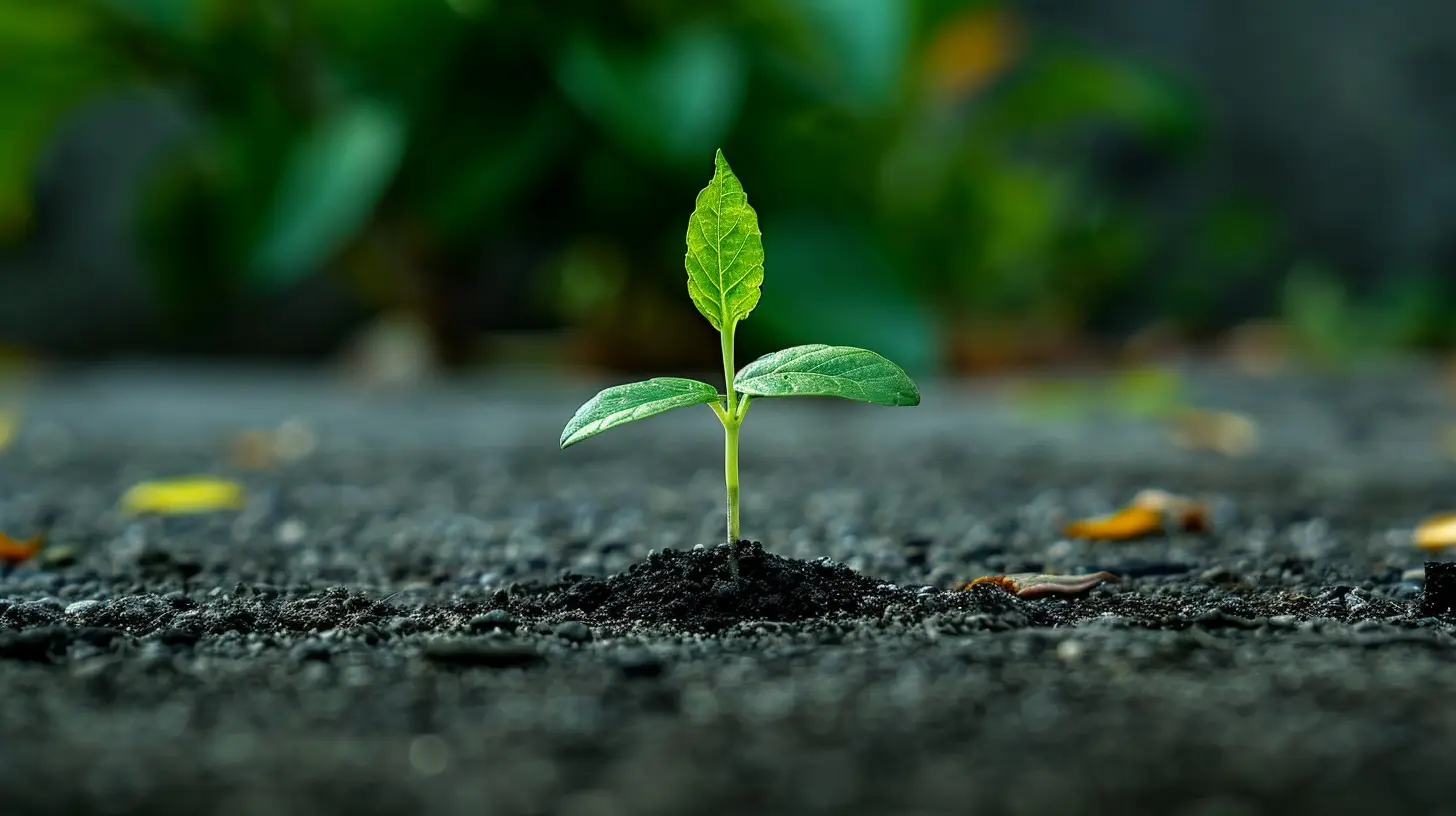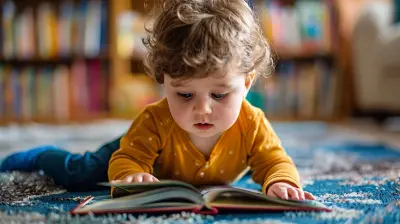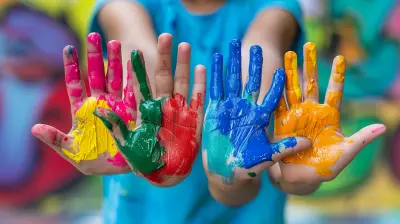20 September 2025
Have you ever heard a child say, "I can't do this!" or "I'm just not good at math!"? It’s a common reaction when kids face challenges. But what if we could help them see obstacles as opportunities instead? That’s where a growth mindset comes in.
In early childhood, developing a growth mindset can set the stage for lifelong learning and resilience. If kids believe that their abilities can improve with effort and persistence, they'll be more willing to take on challenges instead of avoiding them. So, how do we nurture this mindset in young learners? Let’s dive in!

What Is a Growth Mindset?
Before we jump into the strategies, let’s break it down. Psychologist Dr. Carol Dweck introduced the concept of a growth mindset, contrasting it with a fixed mindset:- Growth Mindset – Belief that abilities and intelligence can be developed through effort, learning, and persistence.
- Fixed Mindset – Belief that abilities are set in stone and cannot be changed, no matter how much effort is put in.
For example, a child with a fixed mindset might say, "I'm bad at puzzles, so I won’t try." But a child with a growth mindset would say, "This puzzle is tricky, but if I keep practicing, I'll get better!" See the difference? The second child is open to learning and improvement.
Now, let’s explore practical ways to foster a growth mindset in early learners.

1. Praise Effort, Not Just Results
It’s natural to praise children when they accomplish something big. But if we only celebrate success, kids might think that only results matter. Instead, try to praise their effort and strategies:✅ Instead of: “Wow, you're so smart!”
💡 Say: “I love how you kept trying even when it got tough!”
This teaches kids that working hard is just as important as being naturally good at something.

2. Use the Power of "Yet"
The word "yet" is small but mighty. It shifts a sentence from negative to hopeful and encouraging.🚫 “I can’t read big words.”
✅ “I can’t read big words yet.”
This simple change helps kids see that learning is a journey, not a final destination.

3. Normalize Mistakes as Part of Learning
Mistakes aren’t failures—they’re stepping stones! Let kids know that everyone makes mistakes, even adults. Share stories of times you struggled with something and how you overcame it.A great trick? Call mistakes "learning moments" instead of failures. This makes kids feel safe to try new things without the fear of messing up.
4. Encourage Curiosity and Questions
Kids are naturally curious. Encourage their questions and let them explore different solutions. Instead of just providing answers, ask them what they think.For example, if they ask why the sky is blue, turn it into a fun discussion:
"Hmm, that’s interesting! Why do you think the sky is blue?"
Engaging in conversations like this builds critical thinking and problem-solving skills.
5. Introduce Growth Mindset Stories and Role Models
Children love stories, and books are a fantastic way to illustrate a growth mindset in action. Some great titles include:- The Dot by Peter H. Reynolds
- Giraffes Can’t Dance by Giles Andreae
- The Most Magnificent Thing by Ashley Spires
You can also talk about real-life figures who faced setbacks but kept going, like Thomas Edison, Oprah Winfrey, or Michael Jordan.
6. Teach the Brain is Like a Muscle
A fun way to explain growth mindset to kids is by comparing the brain to a muscle. Just like lifting weights makes our muscles stronger, challenging our brain helps it grow.Try this analogy:
"Imagine your brain is like a superhero getting stronger every time it learns something new!"
This helps kids understand that effort leads to improvement.
7. Encourage Problem-Solving and Perseverance
When kids face difficulty, our instinct might be to jump in and help—but sometimes, letting them struggle a little builds resilience. Instead of solving the problem for them, guide them through it.Ask questions like:
- "What do you think you could try next?"
- "How could you solve this in a different way?"
This encourages kids to think critically and keep trying.
8. Create a Growth Mindset Environment at Home and School
Kids absorb what they see and hear. If we want them to develop a growth mindset, we need to model it ourselves.- Share your own challenges and how you overcome them.
- Use growth mindset language: "Mistakes help us learn!"
- Celebrate perseverance, not just natural talent.
Also, encourage creative play, open-ended activities, and discussion-based learning at home and in the classroom.
9. Set Small Challenges to Build Confidence
Confidence grows when kids see themselves achieving things. Set up small, manageable challenges that push them slightly out of their comfort zone.For example:
- Ask them to build the tallest LEGO tower they can.
- Have them try a new food and describe how it tastes.
- Challenge them to tie their shoes independently.
When they accomplish these small tasks, they'll start believing they can tackle bigger challenges too!
10. Shift the Focus from "Being Smart" to "Getting Smarter"
Instead of making intelligence seem like something you're born with, emphasize that everyone can grow their abilities.Try saying things like:
- "Look how much you've improved!"
- "You worked so hard on that—your brain is getting stronger!"
This helps kids see learning as a continuous process, not a label they're stuck with.
Final Thoughts
Encouraging a growth mindset in early learners is one of the best gifts we can give them. By teaching them that effort, perseverance, and curiosity lead to growth, we're setting them up for a lifetime of success.So next time your little one says, "I can't do this," remind them, *"You just can't do it yet—but you will!








Tenley Wilson
Absolutely loved this article! Encouraging a growth mindset in young learners is so vital. It’s like giving them a superpower for life. Simple strategies make all the difference—thank you for sharing these insightful tips!
December 2, 2025 at 5:07 AM